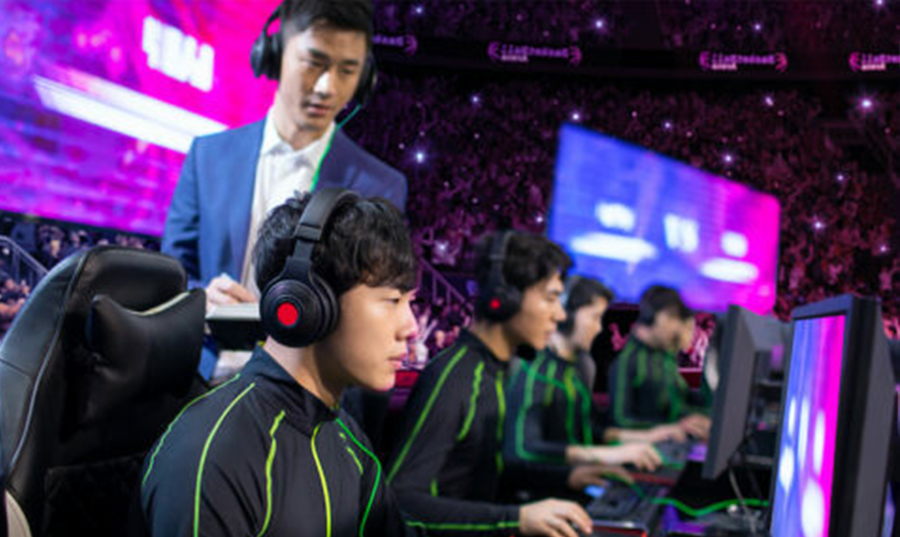Interactive, engaging, and feature-rich streaming services have been quickly embraced by sports fans and lovers of live content worldwide. But perhaps the video gaming industry is the unsung hero of these next-generation platforms. The proliferation of IPTV and OTT media delivery technologies has helped establish video game live streaming as its own major market segment. Video-game-centric streaming platforms such as Twitch, YouTube, and Facebook Gaming have experienced dramatic growth in monthly viewing hours year-over-year – 101%, 65%, and 238%, respectively, in 2020 (StreamElements). The global esports market is expected to reach a value of $2.8 billion by 2028, growing at a CAGR of 14.5% (Skyquest).
The acceleration of video game streaming has encouraged other content owners and broadcasters to ‘gamify’ their video offerings, incorporating fantasy leagues, betting integrations, trivia, quizzes, and social features into the live stream. The NBA has successfully trialed replacing live-action video with game simulation through NBA 2K. Several motor racing leagues, including SRO Motorsports and Fanatec Esports GT Pro Series, also successfully tested switching real races to esports during lockdown, with the latter surviving past the lockdown period and continuing to stream live this year.
New considerations for a gamified market
Sports leagues and federations used to rely solely on broadcast partnerships and a strong social media presence to reach their fanbase. And the focus for media technologists like myself was to ensure the live broadcast stream got from the stadium to the fan’s TV screen in high-quality and in good time. However, the rise of always-on, always-connected fans means that sports leagues and teams are now focused on building highly engaging and feature-rich direct-to-consumer (D2C) platforms. This way, they can ensure their super fans are continually entertained and informed while maintaining strong relationships with their global audiences.
This elevation of video game live streaming raises questions on how to optimize and adapt encoding strategies for efficient game content coding. There are several key elements to consider when efficiently coding video game content in real-time, leading to ‘game-content aware’ encoding solutions. For example, the signal characteristics in video game content, which is computer generated using a rendering engine, differ considerably from ‘natural’ video content, which is captured from optical, electronic cameras, or sensors. The latter is commonly compressed and delivered over various networks (such as live broadcast, broadband, IPTV, or OTT), while the former requires specific encoder optimizations and approaches.
Content owners and broadcasters can adopt a range of specific encoding strategies, including rate control, adaptive quantization, in-loop filtering, and motion estimation, all targeting improvements in both compression efficiency and density/encoder run-time for signals with such characteristics. They must also weigh up the relevance of video compression standards in a video game context, such as HEVC or VVC, which include specific coding features to compress screen content.
Join us at the 2022 IBC Conference!
MediaKind has investigated the various possible encoding optimizations, and normative tool sets to best compress and stream game content. It’s a topic I’m excited to be presenting at the upcoming IBC Conference (Amsterdam, 9-13 September), alongside my colleague Nelson Francisco, Video Compression Engineer at MediaKind. Based on our research in the space, we’ll be sharing some practical examples of relevant encoding strategies, best practices, and optimization techniques that empower content owners and broadcasters to build and manage effective ‘gamified’ feeds within their streaming service.
Join me on Saturday, September 10, at 12:15 CEST. You can find the full agenda for the conference here.



